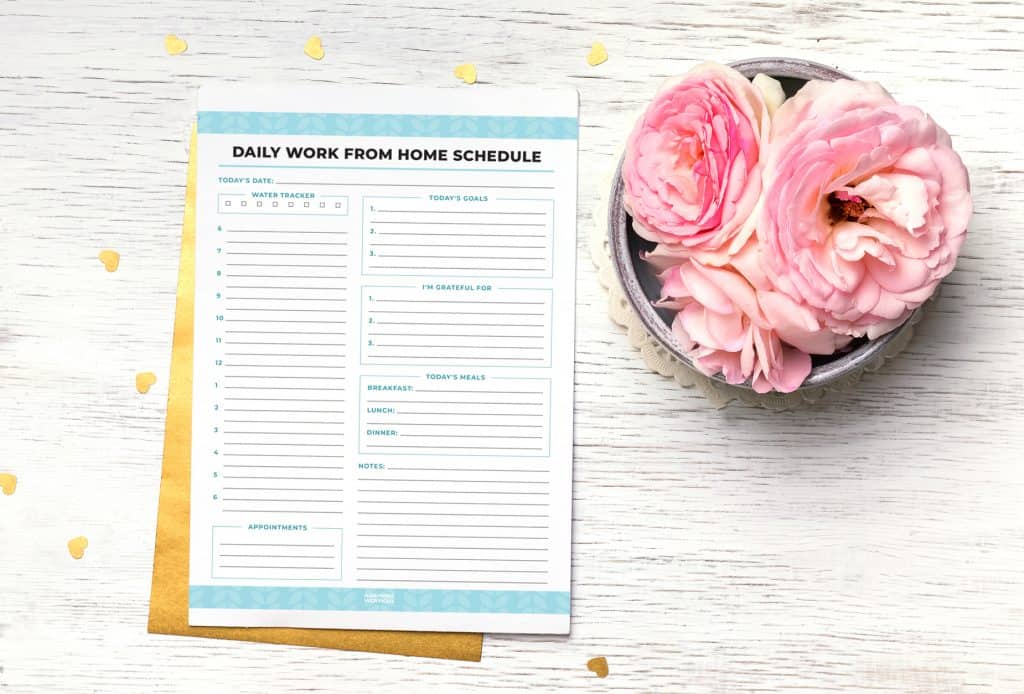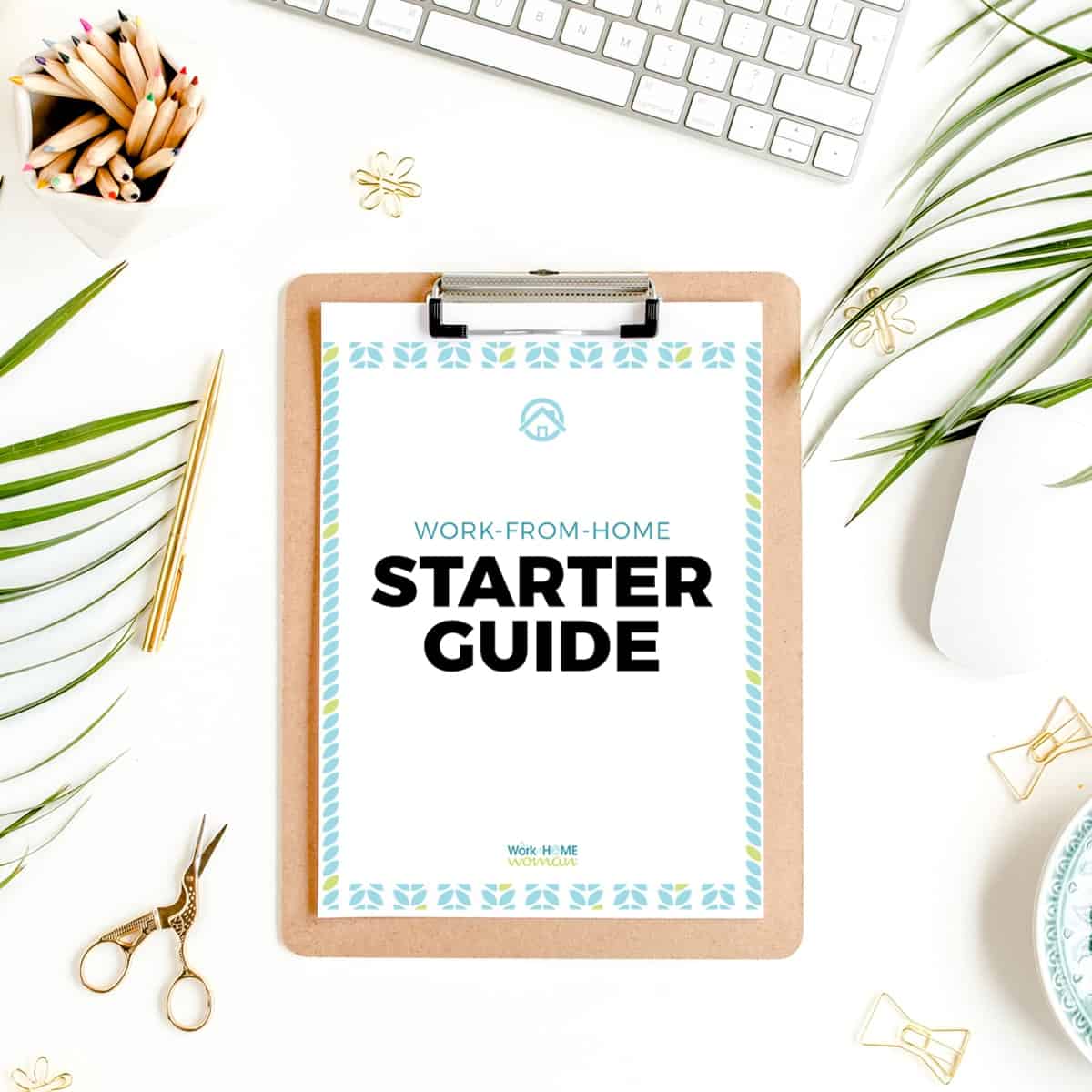 Everybody gets the same 24 hours, seven days a week, no more, no less. It’s how we choose to use our time that matters.
Everybody gets the same 24 hours, seven days a week, no more, no less. It’s how we choose to use our time that matters.
While I’m good at creating daily to-do lists and using a day planner, I knew there was room for improvement in how I managed my time.
In fact, this year one of my goals is to work a 4-day workweek. To accomplish this goal, I knew I needed to be more productive and extremely rigid with my schedule.
So, I started using the time management method of time blocking, which has been a total game-changer for me!
With block scheduling, I know exactly how much time I have to devote to my business, new projects, my family, and my self-care routines. If it doesn’t fit into a time slot, I will either have to say NO or drop something else to fit it in. No more flying by the seat of my pants and assuming I can squeeze stuff in.
If you want to increase your productivity with block scheduling, here’s what you need to know.
What is Block Scheduling?
Block scheduling (also known as time blocking) is a simple productivity method that works for almost anyone. If you use Google Calendar or a traditional planner, like the Erin Condren Life Planner, you may already be using “blocks” to schedule your time.
When you use the block scheduling method, you create blocks of time for each item on your list rather than listing off appointments and to-do items with no timeframe. So there’s a specific start and end time for every task. Time blocking isn’t limited to appointments. Use this scheduling method for all the activities you want to accomplish during the day.
One great approach is to review your to-do list and prioritize. Take the top priorities from your list and slate them into set timeframes. For example, if you’ve got a big work project, you may want to block time between 8 am and 10 am to finish it. Then, you may want to block in some time to check your emails and take care of any small tasks. After a half-hour for “catch up and correspondence,” book the next item on your to-do list. Time blocking typically works in 30-minute increments, but adjust for what fits your life.
Block scheduling works best if you start with the big “must-do” items on your list and write them in first. After that, build in smaller chunks of time for the less vital items. You can even use block scheduling for your leisure time—to schedule a date night with your spouse, time to help with your kid’s homework, or simply time to relax or read a book.
Why You Should Use Block Scheduling
When we use block scheduling, it helps us prioritize. As I said above, I have to stay extremely strict with my work schedule to get as much accomplished as possible. This leaves me time for the activities I need to do for my own health and well-being. If I’m not rigid with my schedule, items like self-care and time with loved ones slip off the radar. If you ever feel like you can’t find enough time to get it all done, block scheduling will help you take back control over your agenda.
Block scheduling is also great for people who tend to get sidetracked or struggle with focusing. I’ll admit, there are times when it’s tough to sit down and write about a topic when I’m not in “writing-mode” or clean a room when I don’t feel like it. Block scheduling does require a certain amount of discipline.
You should use time blocking if you’re managing several to-do lists at once (a worklist, a home list, a personal list). Block scheduling is also important for people who feel as though they don’t have a handle on their time or those who frequently miss appointments and lose time. It’s a wonderful method for goal-setters as well. Whether you want to start a business, run a marathon or learn a new hobby, break down your steps into blocks and each day you’ll move a little closer to finishing your big achievement!
How to Get Started with Block Scheduling
If block scheduling sounds like the time management method for you, it’s easy to get started. Follow these steps to get control over your schedule.
1. Know Your Goals
Knowing your goals is the first step to success in block scheduling. Identify what you want to do, set SMART (Specific, Measurable, Attainable, Relevant, and Time-Bound) goals, and break those goals down into manageable steps. Then, create a block of time to work on those steps each day or as often as you deem necessary to achieve your goal. Using the block scheduling method will help you work toward multiple goals at once by taking regular, manageable steps.
2. Plan Ahead
The theme of block scheduling? Planning! Each day you’re planning out how your time is going to look. I typically work a few days ahead in my planner, breaking the entire day into blocks. Beyond that, I also add every appointment and obligation to my planner as soon as it’s scheduled. This helps immensely when I look at the layout of the day and plot. I also plan out how long each task will take, so I schedule out the right number of 30-minute blocks. Some tasks require one block, others require three or four.
3. Focus on Your Priorities First Part of the Day
Even if you aren’t a “morning person,” add your priority items in the first part of your day. Should your day go awry or an unexpected issue comes up, you still have plenty of time to adjust, reprioritize, and move your blocks. If you plan your downtime first, then the important items get pushed back instead. Pick the biggest, toughest task on your list and tackle it first. Even it’s the only item you accomplish, the day will still count as a success.
4. Take Breaks
Breaks are important for several reasons. First and foremost, it’s important you block in breaks because the unexpected will come up like traffic jams during travel time, projects that run over, and little emergencies. Giving yourself breaks allows you to catch your breath, grab a cup of coffee, or simply prepare for the next block of productivity. Secondly, breaks are important because when you’re hyper-focused on a project for a set amount of time, you need time to recharge and unwind.
5. Use a System
Whether you prefer Google Calendar, a traditional planner like the Erin Condren Life Planner, or a combination of both, a planning system is a vital part of block scheduling. It’s also important you set up your own regular “planning time” and system for creating your schedule. Some people prefer 15-minute blocks while others prefer 30. Some find it best to block out a few days at a time, while others like to block out each day in the morning. Find what block scheduling system works best for you and stick to it.

6. Include Professional and Personal Tasks
While a block schedule may seem appropriate for office time only, it works really well for personal projects and endeavors. Block schedule your workouts. Use time blocking to schedule your personal hobbies, housekeeping, and social calendar as well. Using one calendar tool for your professional and personal tasks helps ensure you don’t double book yourself or forget an important event.
Block Scheduling Tools
If you’re looking for a great template to help you start time blocking, there are plenty available. In fact, I created my own system, when I couldn’t find a planner that met all my needs. You can grab a free copy here. 
If you want a full physical planner, the Erin Condren Life Planner is a good one that I’ve used before. The calendar already breaks down days into blocks, so it’s simple to fill it out and prioritize. And it’s beautiful and includes motivating quotes, stickers, a monthly calendar as well as goal setting tools.
If you prefer to use an app, check out Toggl. Toggl is a time blocking app featuring a timer, as well as additional tools to help you concentrate and apply the block schedule method. Use the app in conjunction with your other planning tools or on its own.
Lastly, if you’re looking for more tips on time blocking, check out this great post from Conversion Minded. They’ve also included a downloadable block schedule template.
Conclusion
If you want to get more accomplished and take back all that time that seems to disappear from your day, explore time blocking. You may be surprised at just how much you’re able to achieve when your schedule is under control. You may even find time for more important activities like relaxation and self-care.
Originally published July 27, 2010. Content updated February 13, 2018.







Love to learn more
Hi Sherry,
What questions do you have about block scheduling?
I learned about this “Block Scheduling” thing when I first started homeschooling (now done!) and couldn’t manage my crazy life! Whenever my life gets out of control — as it is now — I go back to this way of life, and find that I’m able to get much more done than I am without it.
Flexibility is key, too, so I love your advice about padding the blocked-off time with “this’ll take longer than I think” space.
You’ve done a phenomenal job of explaining this with just text! Well done!
Michelle Quillin for Love Covers All
http://twitter.com/michellequillin
Great technique for getting your to-do list out of your head. I remember a similar concept from a direct sales I represented. It was helpful to be able to glance at your calendar and see what’s next. I’m currently learning the Getting Things Done (GTD) method and using an online app designed around it.
Keisha
Enjoyed these tips. Always looking for a tool to help increase my productivity and keep my sanity in place. Thanks for sharing. I shared this article with others who may be also struggling with juggling a busy schedule.
Damita